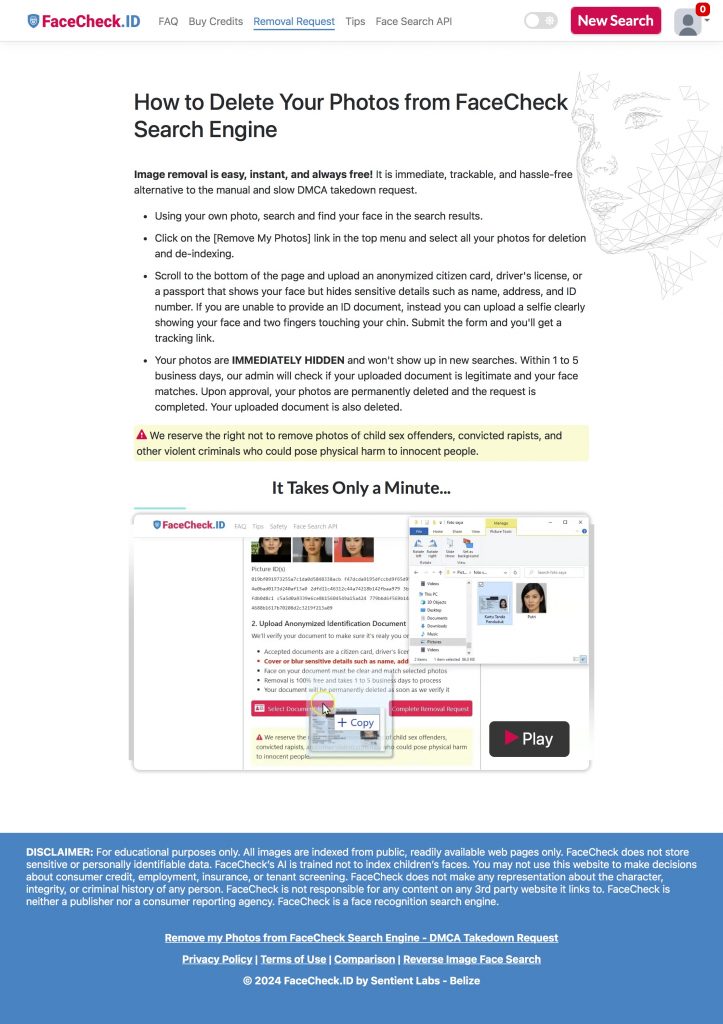Those were my thoughts upon reading the NYT this morning.
I want to leave it at that, but it feels as though I owe the thought a few more words.
I think if one was going for trans genocide, this is certainly a good way to keep the ball rolling (The closure of the clinic happened in 2021, but now I am reminded again of the cruelty). This is because we, as a nation, have certain thoughts (generally) about children and their personhood. Mainly they aren’t full people and for many they are more akin to property. Therefore, a child can have no sense of their gender (2024-11-16 edit – and/or sex) outside of their parents’ sense of what the child’s gender (2024-11-16 edit – and/or sex) ought to be.
Furthermore, as the whole thing has turned into a ‘culture war’ and a political talking point, far separated from the actual issue of: doing the right thing, quantifying what’s the best way to help these children, or creating a humane society that won’t discriminate against them or use them as a target of violence for political gain and personal gratification (I must imagine.).
I could keep writing but it belabors my final point.
I do believe that presently the Republican Party and others are engaged in a campaign of eventual trans genocide and queer genocide more generally. The point is to try and destroy all those who are trans and prevent certainly anyone else from coming out. I think a murder is a murder, no matter if you pulled the trigger or just loaded the gun. If you create a society where trans kids can’t get care, you are creating a society that is ok with some of those kids killing themselves. It is murder by the lawmakers’ hands all the same.
You start with children since they are vulnerable and the parents are more easily convinced to doubt. Once that’s done you prevent adults from living as they are and as they please. The cruelty happens to be a happy bonus, from giving the mob their enemy.
From there, if it doesn’t happen simultaneously, I expect same sex marriage and queerness in general to be the target.
I have some hope that such a thing will be unacceptable to the wider American public. But I worry that the American public is still sufficiently transphobic in a large enough quantity that people will be hurt. I know it, in fact, as they are already hurting people.
I find it terribly hard to get to an ending. I wonder if I’m not overselling the point.
But it’s hard to listen to these people and not believe them when they tell the world what they want.
Let it never be said DrMundane isn’t passionate about anything…. Right? Who knows.
